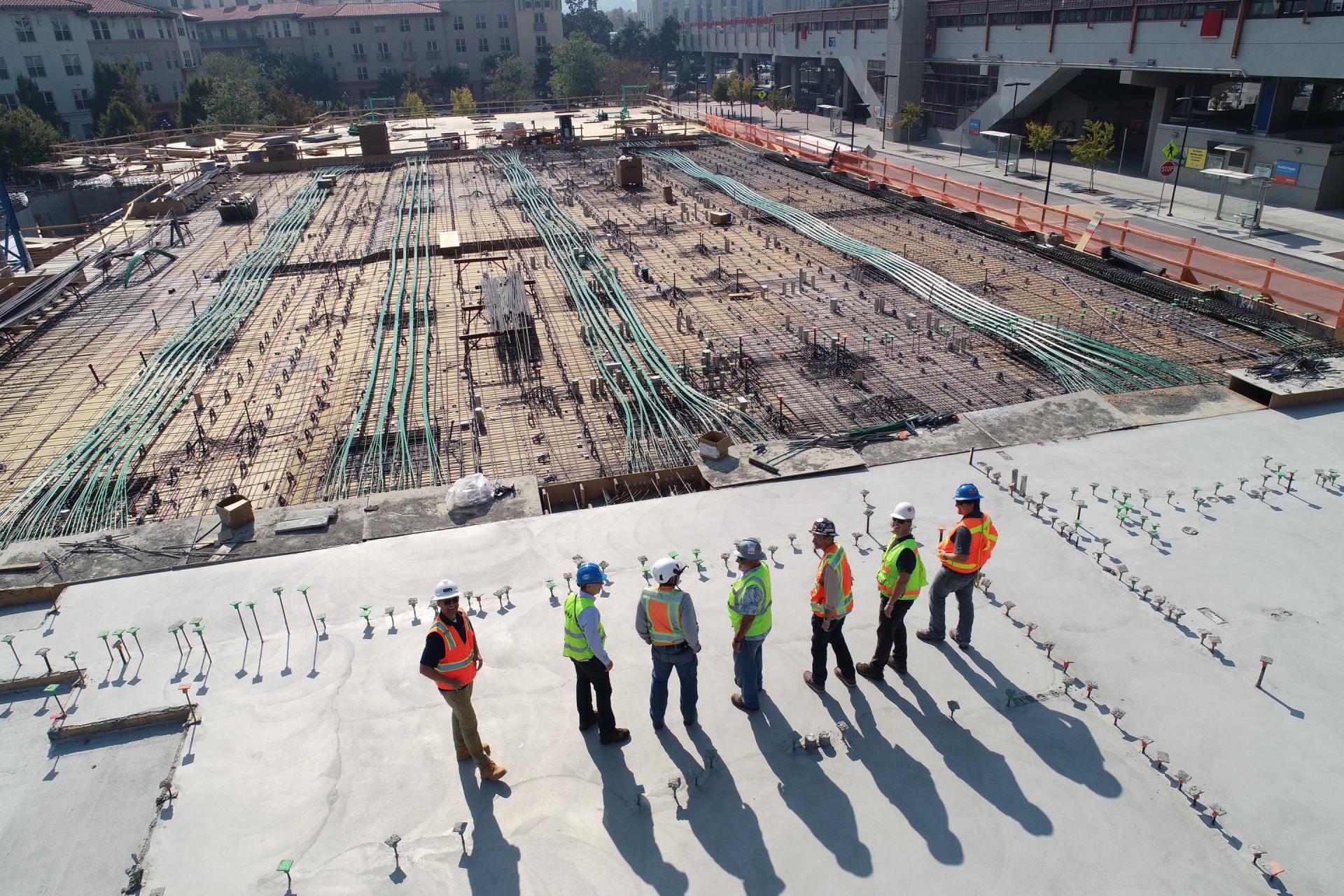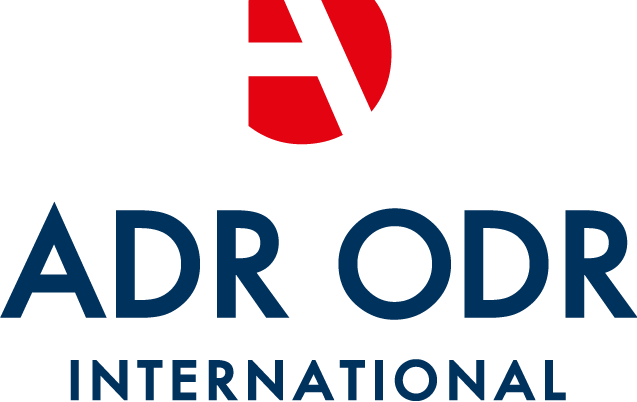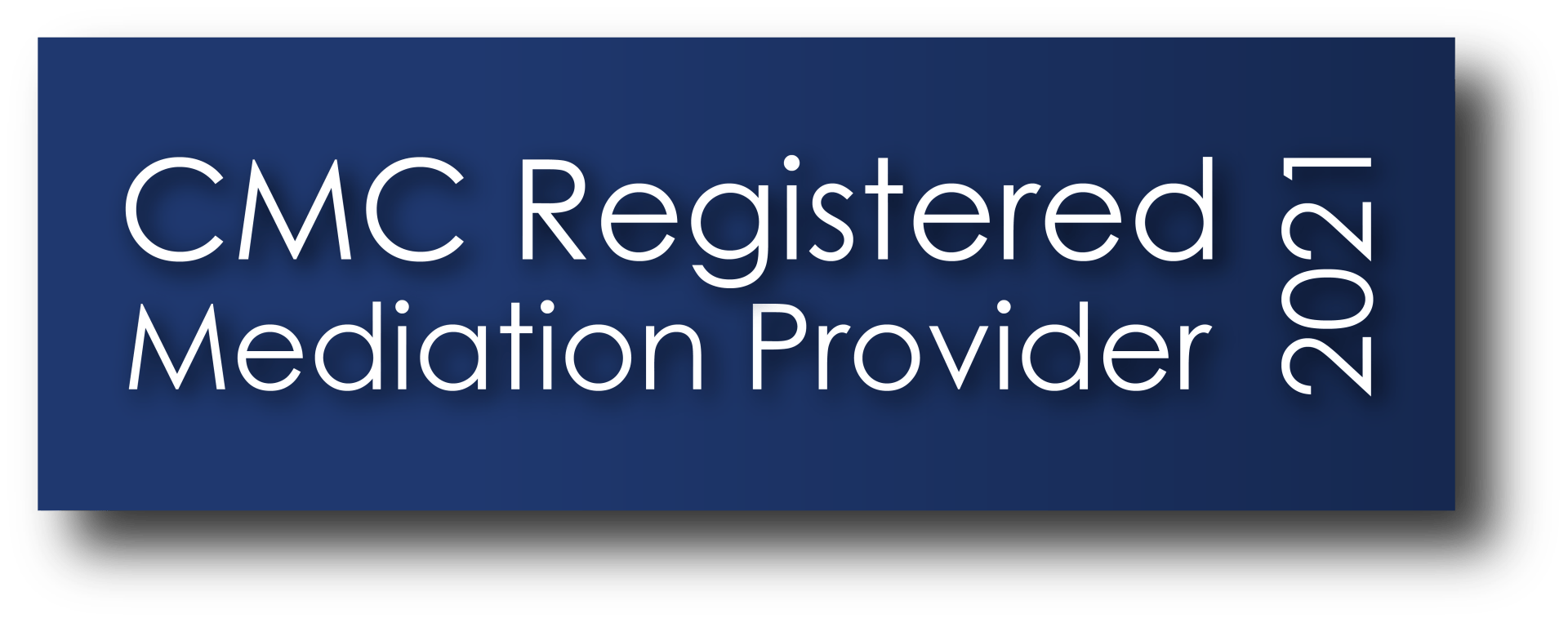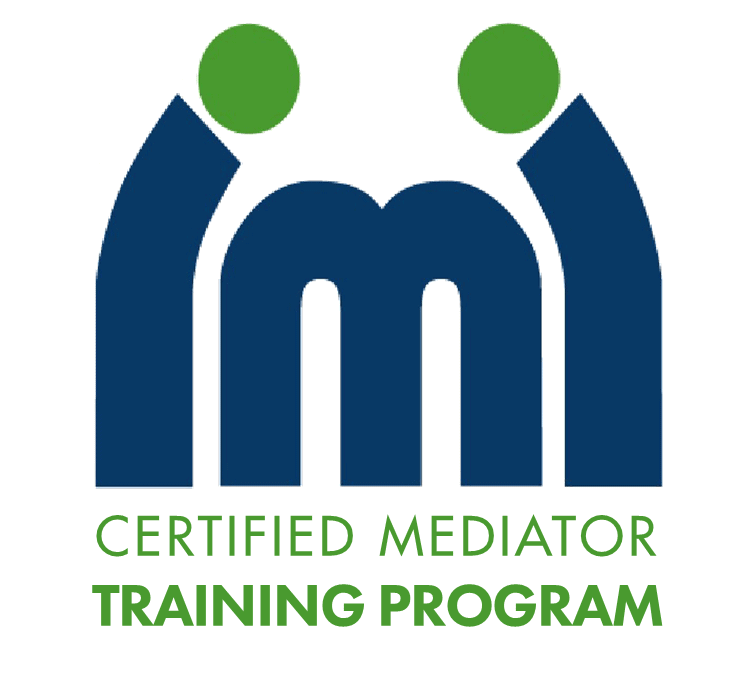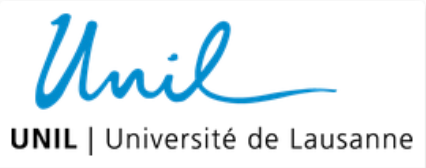Don't Bring a Knife to a Gun Fight

Mediation is well-established as the ‘ADR of choice’ in both the construction and insurance fields. Almost every piece of litigation I have been involved with over the past 5 years has either settled at, or attempted to settle at, a Mediation. However, dissatisfaction with Mediators and the process remains widespread and I think that is in part because the parties and their legal advisors (and, more often than not, the Mediators themselves) do not really understand the process. Or, to put it more kindly, they are not all agreed about what process they are all involved in.
It’s important to keep the issue in context. Many insurance and construction disputes are being successfully resolved through Mediations. This has had a significant impact on the number of trials making their way through to the TCC and Commercial Courts. This is, on one view, a success story. Nevertheless, the thrust of this blog is to suggest that we could be doing a lot better.
The crux of the problem is, in my view, that parties, lawyers and Mediators are confused and often inconsistent about whether they are looking for an evaluative or facilitative process. Whilst Mediation can offer both of these possibilities, everyone needs to decide and agree in advance what they are looking for and the parties and advisors need to understand enough about both processes to make that an informed decision. One often hears comments such as ‘we just want a commercial discussion’ on the one hand, but also that ‘we want a Mediator who will express a view’, and often those comments will be made in relation to the same Mediation.
I have often attended Mediations where one party has turned up ready to fight the trial, witness and expert reports in hand and legal submissions fleshed out, with the other party backed only by a 2 page Position Statement saying that they have come along to discuss options. That mis-match is not a fruitful place from which to Mediate and is apt to leave the parties frustrated with the process and the Mediator.
There are, I think, a couple of interesting features of the current market practice which provide an insight into how parties are currently approaching ADR.
For some years now, the TCC has offered an Early Neutral Evaluation (“ENE”) Scheme. The parties can, for almost no additional cost (save for their own costs), invite a judge to provide an ENE on the merits of the case. For those many parties and lawyers maintaining that what they really want from an ADR process is some evaluative input, one might think that this was ideal. A TCC judge, no less, opining on who is likely to win and why.
However, what is most noticeable about the ENE Scheme is that, despite the apparent clamour for evaluative ADR, the take-up is very low indeed, certainly in the construction and insurance industries. Now, it may be that this reflects shortcomings of the particular ENE scheme, or that it has not yet had time to gain traction. However, one might suppose that if evaluative ADR was the panacea some seem to suggest it is, then there would have been more of an impact. It seems to me that the more likely reason is that, despite the swagger, many parties and their advisers are reluctant to put their cases on the line at an early stage quite so openly. A negative ENE risks destroying any negotiating leverage.
The other end of the spectrum is also interesting.
The construction market has the unique additional feature of a mandatory term being implied into every construction contract entitling the parties to refer a dispute to Adjudication. The intention was to resolve cashflow problems during a project, to make an interim enforceable decision quickly, get jobs finished and argue about the substantive legal position later. When referred, an Adjudicator will make a rough and ready decision within 28 days as to the parties’ rights, which will be summarily enforceable by the Courts as governing the position unless or until the parties choose to litigate. The interesting thing about the process, which was never the intention, was that (i) it is being used in relation to projects that finished long ago rather than just during the works, and (ii) it is extremely rare for parties to take a dispute to Court once it has been decided by an Adjudicator, notwithstanding their right to do so.
This has been very widely used process and when I opened with saying that most of my litigation goes to Mediation, that was carefully worded, because many of my construction disputes never get to litigation (or Mediation) at all.
So, where it is possible to undertake a ‘full-on’ evaluative process, even if that is rough and ready, the parties are willing to roll the dice and are often willing to leave it there. That might suggests that a properly structured evaluative process can be very successful in resolving disputes. However, notwithstanding their speed, Adjudications can still be very expensive and, just like litigation, the decision is out of the parties’ control. What is more, they do nothing to assist the parties in continuing to work together, as they will often need to do on a project or on subsequent projects. Of course, the Adjudication process is, in part, so widely used, because it can be instigated unilaterally by either party. I doubt it would be nearly as widely used if both parties had to agree from the start.
What this tells us, I think, is that an evaluative ADR often looks more attractive than it is. Adjudication works because the referring party perceives there to be an advantage and the responding party has no choice. That is as blunt an instrument as one may imagine.
The real question therefore is how the parties and their advisors should approach Mediation in this field. Of course, each case will have its own issues. It is often thought that disputes such as those in construction and insurance are not suitable for facilitative Mediation because, typically one is dealing with corporate clients, often with insurers on both sides, arguing about nothing more than payments of money. That is not my general experience. Contractors have reputations in the market and need to maintain relations with developers and suppliers. Insurers have an eye to how they are perceived, especially in the relatively confined construction insurance market and are often especially sensitive to the views of brokers. They invariably care about getting claims off their books and the sums crystallised. It is rare that the parties, or the individuals involved, have no interests other than the bottom line number. Often those other interests overlap, even if it is only the wish to not have to deal with the dispute anymore.
Whilst I can see that there may be a role for evaluative ADR – especially if there is a discrete legal point which is fundamentally holding up any other negotiation – I think that the lack of take-up of the ENE Scheme reflects the understandable reticence of the parties to go down that route, especially at an early stage. For the reasons I’ve explained, I do not think that the ‘success’ of the Adjudication process suggests otherwise.
Taking that into account, I think the key element in any Mediation in this area is not the need for evaluation by the Mediator, but rather the need to make sure both parties actually understand the other’s factual and legal case, so they can assess the risks and take into account their wider interests. Turning up with a 2-page Position Statement is unlikely to achieve that aim, unless the cases really are very well set out in correspondence (pleadings, in my experience, are more apt to obfuscate), but turning up armed for trial is also unhelpful.
The Facilitative Mediator can then focus on helping the parties understand their respective cases, and to explore the wider context and interests involved in the dispute and wider relationships in order to encourage the parties to consider and hopefully agree solutions.
There are a number of very significant benefits in this approach. Firstly, it has the best chance of finding a solution which can address both parties’ needs. Secondly, it can create a framework which can reduce the chances of future disputes. The final benefit is a practical one. If a facilitative process fails, the parties can still turn to a more evaluative approach. Where there has been an evaluative process, which has not resolved the dispute, there may often be very little further room for negotiation.
A better understanding of the pros and cons of Mediation and the types of Mediation will I think go a long way to improving how it is utilised and enhancing its reputation in the market. Agreeing in advance exactly how the Mediation is intended to proceed, will significantly improve the chances of success.



